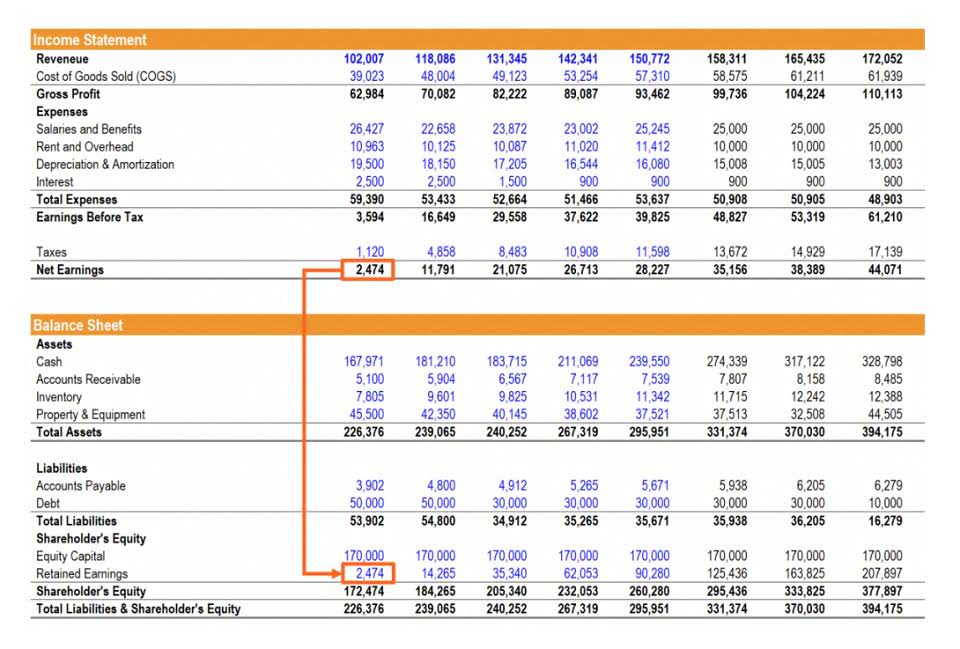
Also, unless the LLC’s operating agreement has provisions for perpetual existence, state law may require an LLC to be dissolved if one or more of its members dies or leaves the company. A limited liability company protects its owners (known https://www.bookstime.com/ as “members”) from personal liability, too. Moreover, it doesn’t have as extensive compliance requirements as a C Corporation. Prepaid or annual subscriptions and memberships,or a service owed to you – their liability, your asset.

Current assets appear on a company’s balance sheet and include cash, cash equivalents, accounts receivable, stock inventory, marketable securities, prepaid liabilities, and other liquid assets. Liabilities are categorized as current or non-current depending on their temporality. They can include a future service owed to others (short- or long-term borrowing from banks, individuals, or other entities) or a previous transaction that has created an unsettled obligation. The most common liabilities are usually the largest like accounts payable and bonds payable. Most companies will have these two line items on their balance sheet, as they are part of ongoing current and long-term operations. Liabilities are aggregated on the balance sheet within two general classifications, which are current liabilities and long-term liabilities.
What is a Liability Account? – Definition
There are mainly two major types of liabilities in accounting which are long-term and short-term liabilities. An example would include classifying a business cell phone bill paid off monthly as an expense. However, if canceling the subscription requires a cancellation fee, the fee would be referred to as a liability in accounting. Utilities required to run a store successfully would be referred to as an expense. These assets can include tools, vehicles, and other important resources that facilitate or enhance a business.
- This line item includes all of the company’s intangible fixed assets, which may or may not be identifiable.
- Examples of contingent liabilities are the outcome of a lawsuit, a government investigation, or the threat of expropriation.
- It also includes the ability of the organization to repay loans, long-term debt, and interest.
- Property, Plant, and Equipment (also known as PP&E) capture the company’s tangible fixed assets.
- Accounts payable is typically one of the largest current liability accounts on a company’s financial statements, and it represents unpaid supplier invoices.
By appropriately managing their liabilities, businesses can ensure sufficient funds to operate and maintain a healthy financial position. Non-current liabilities, like long-term loans or mortgage payments, are debts that are due beyond the next year. Not knowing what was due had led to constant worries about ability to meet obligations. Now they can plan more easily for the future and rest assured that they know what is coming.
What accounts are assets, liabilities, and equity?
Whenever an invoice is generated, you incur a liability to your business, be it from your vendor or another organization. The money you owe is deemed a liability in standing, until you pay off the invoice. Keep track of your invoices using an accounting software like liabilities in accounting Deskera, and you can stay on top of your liabilities. Of course, you’ll have to pay them, but this way, at least you’ll have an idea of exactly how much amount you owe and to whom. This account may or may not be lumped together with the above account, Current Debt.
- Liabilities in accounting are generally expressed as a “payable” alongside various qualifying terms.
- It shows investors and analysts whether a company has enough current assets on its balance sheet to satisfy or pay off its current debt and other payables.
- WeWork, the company synonymous with coworking that was once valued at $47 billion, filed for Chapter 11 bankruptcy on Monday night.
- Money owed to employees and sales tax that you collect from clients and need to send to the government are also liabilities common to small businesses.
- The tax benefits of a SEP are basically the same as those of a 401k or other pre-tax retirement savings vehicle.
- You can leave all the manual financial data entry and management processes to ProfitBooks, and focus on more important aspects of the business.
Also known as short-term liabilities, these are debts or money your business owes that needs to be paid off within a year. Short-term liabilities in accounting need to be overseen by the management to ensure that the company possesses enough liquid assets to guarantee that the debts are met. The analysis of current liabilities is important to investors and creditors. For example, banks want to know before extending credit whether a company is collecting—or getting paid—for its accounts receivable in a timely manner. On the other hand, on-time payment of the company’s payables is important as well. Both the current and quick ratios help with the analysis of a company’s financial solvency and management of its current liabilities.
AccountingTools
Assets, liabilities, and equity are the building block of the balance sheet. In simple terms, assets refer to resources you own, liabilities refer to all that you owe while equity refers to the leftover after subtracting what you owe from all that you own. This can occur from improper record keeping of the various journal entries that record company transactions. Before we discuss the list of assets, liabilities, and equity of a company, let us understand each term. If changing ownership of an LLC from individuals to a holding company, the procedures described in the LLC’s operating agreement should be followed to make that change.
- When you owe money to vendors or banking institutions and don’t pay it right away, you’ll likely need to pay interest.
- As mentioned above, liabilities can be simply described as what you owe someone else.
- Not knowing what was due had led to constant worries about ability to meet obligations.
- In addition to this, if you pay off your bills with your credit card and pay them off after a month, it is also considered borrowing.
- Additionally, the deferred short-term liabilities are also included in this category.
- However, the company must keep its liabilities in check, as too many of them can act detrimental to the small business’s finances.